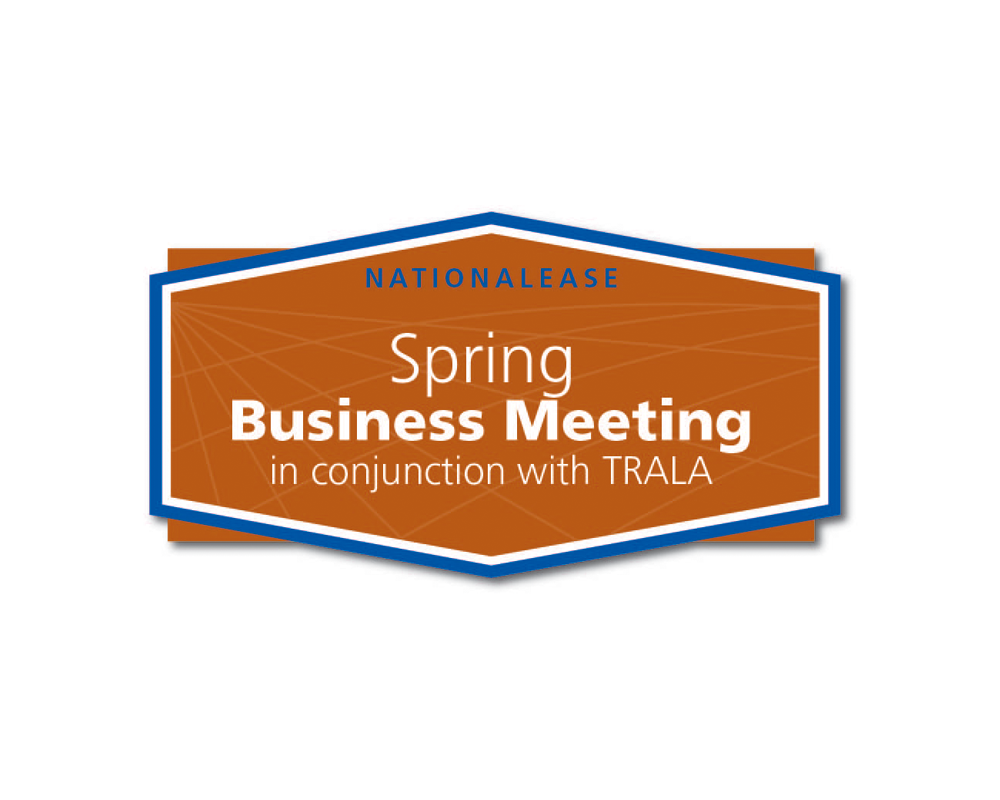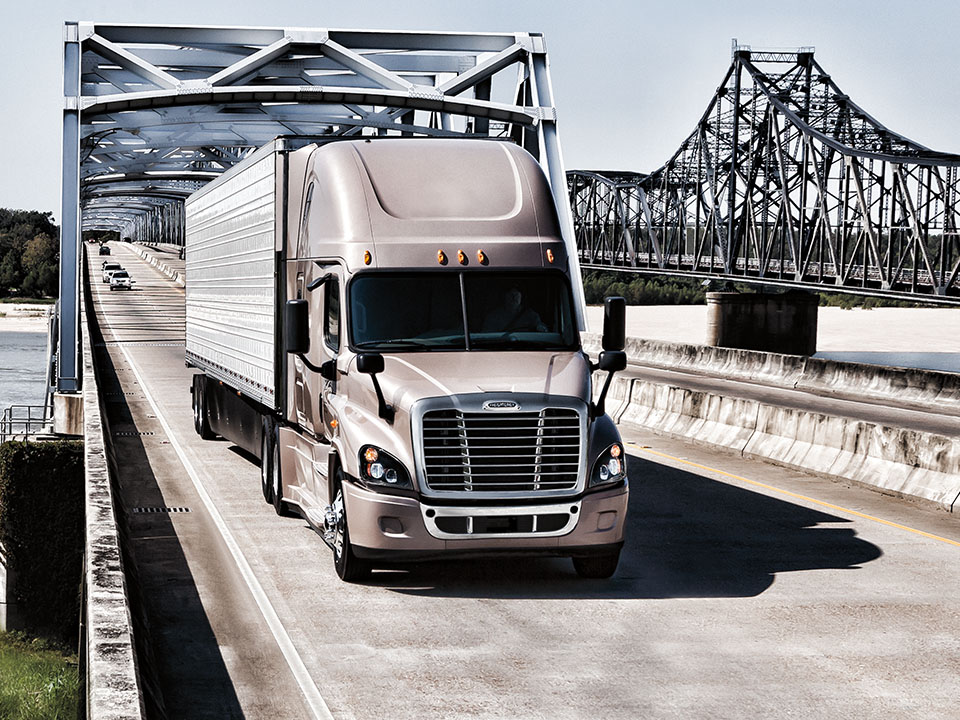As truck accidents continue to rise, are advanced driver assistance systems (ADAS) an effective way to improve truck safety?
Last week, a FleetOwner.com article addressed an issue that concerns all of us in the trucking industry…safety. The article notes that large truck (any commercial vehicle over 10,000 lbs.) accident fatalities have been rising, from 3,400 in 2009 to 4,300 in 2016. And accidents that result in property damage and injury have been rising as well.
The author lays forth a number of possible explanations for the rise but admits that those explanations are speculative, since an array of groups (industry, insurance, safety watchdogs, and individual fleets) use different reports and databases to come to their conclusions. Since there is presently no way of accurately assessing what exactly has caused this uptick, it is more important, in my opinion, to focus on the future and how to improve safety. That is why I found the second half of the FleetOwner article so interesting.
There is no question that safety technology has changed the automobile industry; consumers are actively embracing improvements like lane assist, blind spot monitoring and emergency automatic braking, among others. Truck manufacturers have taken notice and are offering safety improvement on Class 8 trucks. These currently include lane departure warnings, collision mitigation systems, air disc brakes, and electronic stability control. A recent survey of Class 8 fleets found that adoption of ADAS (an overall average of 45%) may depend on the size of your fleet:
- Large fleets (50 or more units) have an adoption rate of nearly 74%
- Fleet with 11 to 50 units have an adoption rate of 48%
- Those with 10 or less units have an adoption rate just over 23%
For those who have adopted the technology, 60% say they have noticed improvements in safety while only 6% indicated that they have seen no change. Of those who have either adopted some of the new technologies or may be looking to do so in the future, the largest percentage for all Class 8 fleets (regardless of the number of units) have said that blind spot technology holds the most interest for them. Of the 60% of respondents who said they are not planning to add these systems to their trucks, that attitude may change over time for a variety of reasons:
- Although considered costly, the reduction in accidents and, thus lower liability costs will translate into a positive return on investment
- Over time, lower cost and better reliability of technology will make the systems more affordable
- Recruitment of younger drivers may prove easier as they are familiar with this technology in their cars and may come to expect it in the trucks they drive as well.
If “safety first” really is the mantra for the trucking industry, then ADAS will become the norm rather than the exception – and hopefully we will all see those fatality numbers decline significantly.





